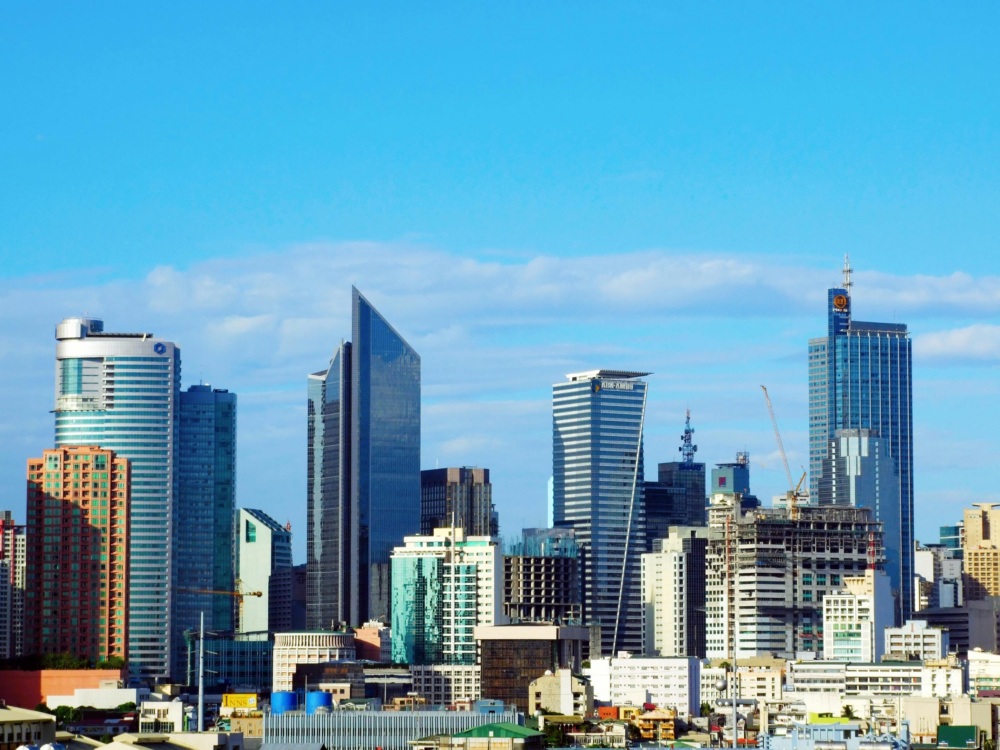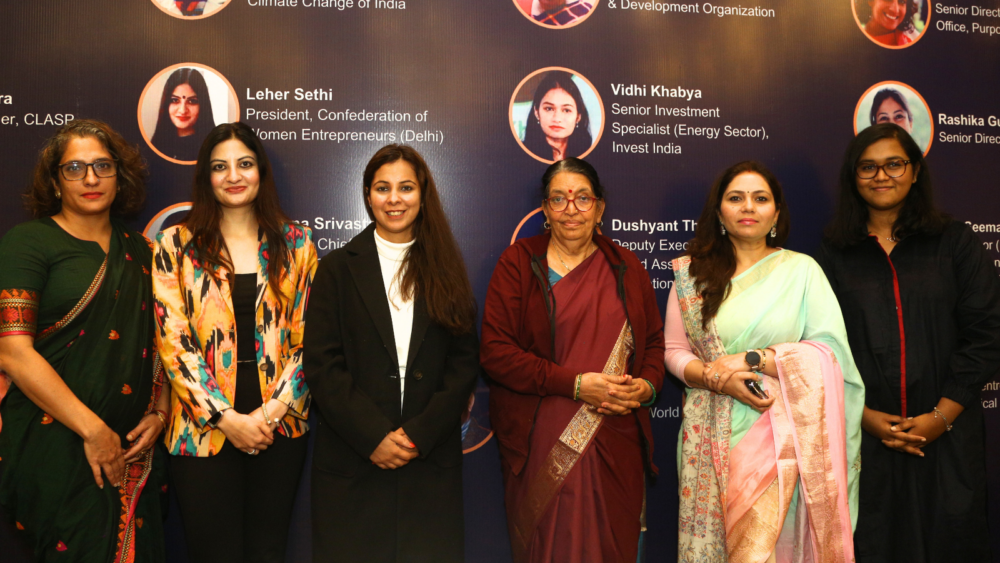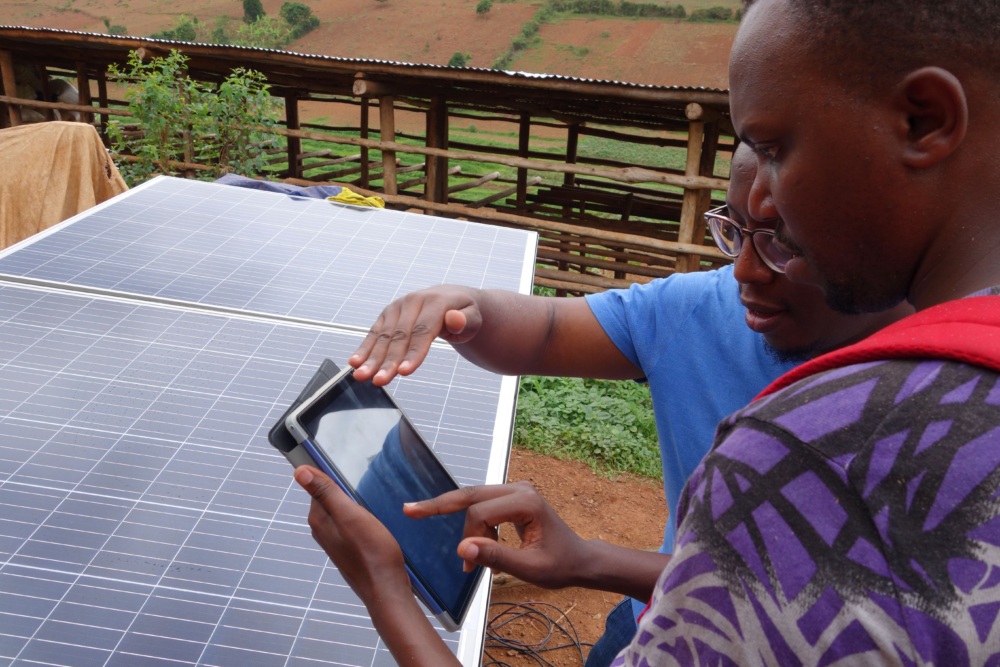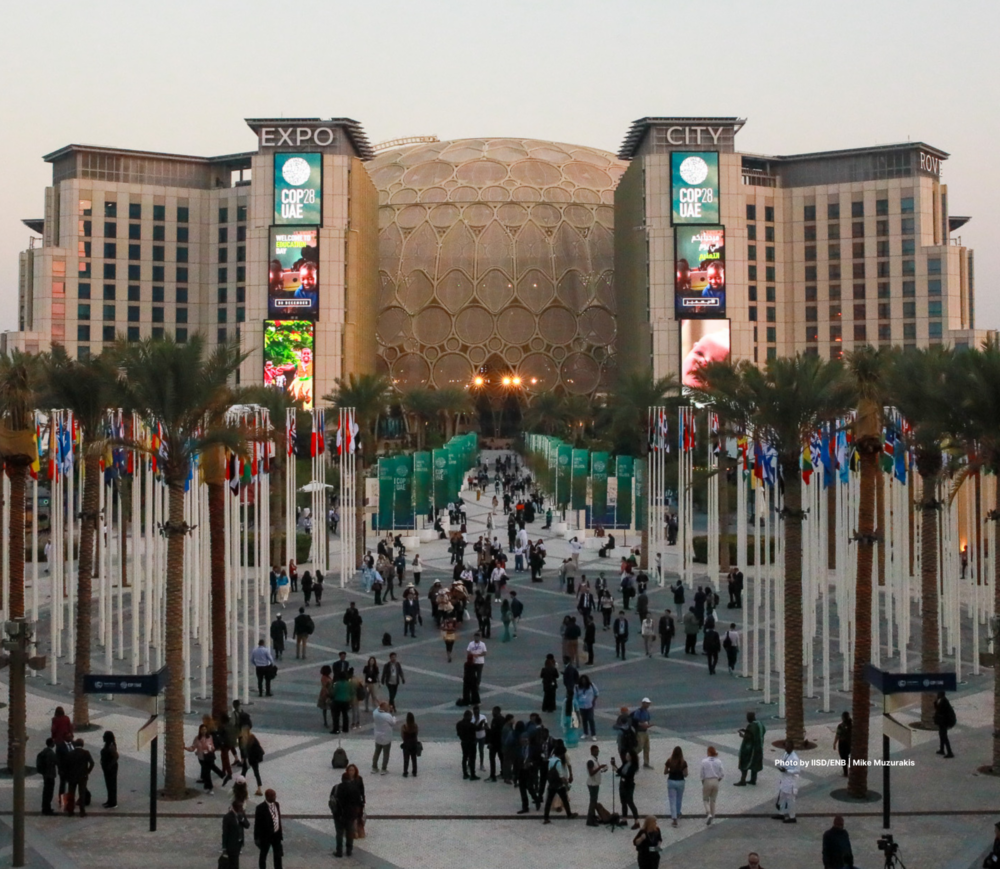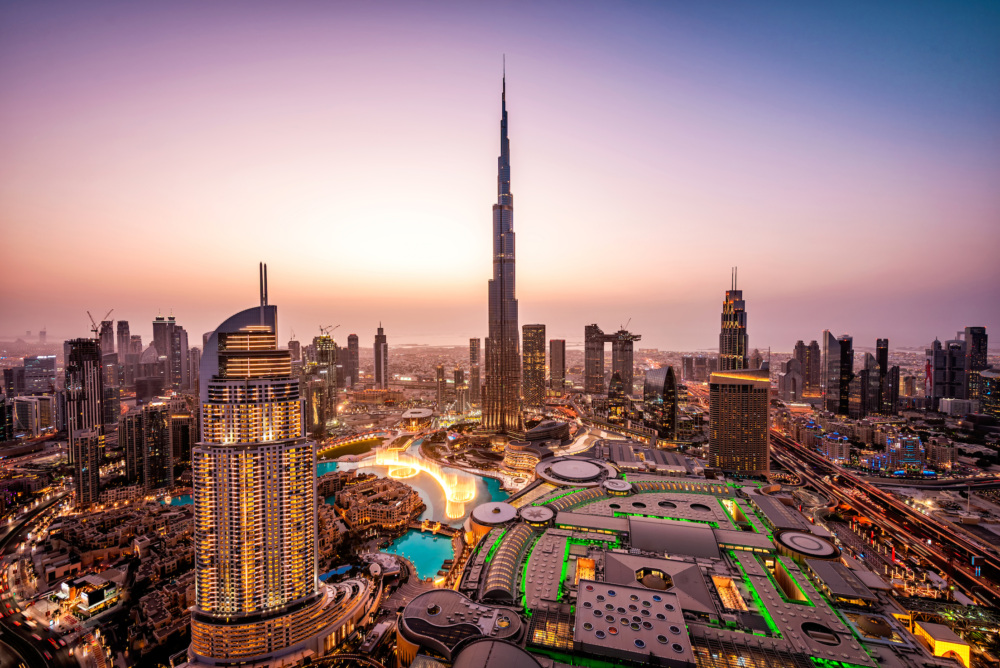35 Countries Show Climate, Health and Economic Benefits of LEDs
New evidence from the Clean Lighting Coalition demonstrates that LEDs are a more cost-effective, safe and climate-friendly alternative to mercury-containing fluorescents for countries around the world.
WASHINGTON, DC – New evidence from the Clean Lighting Coalition demonstrates that LEDs are a more cost-effective, safe and climate-friendly alternative to mercury-containing fluorescents for countries around the world.
The NGO and partners collected market data and analyzed thousands of lightbulbs in more than 35 countries, finding that in every market LEDs perform better and save users substantial energy costs. The evidence is outlined in the new global overview report and regional profiles for the Asia Pacific, African, and Latin American and the Caribbean regions.
In April 2021, the African region proposed an amendment to Annex A of the Minamata Convention on Mercury to remove exemptions for mercury-containing fluorescent lamps, phasing out virtually all fluorescents by 2025. While fluorescent lamp exemptions may have been necessary in 2013 when the Convention was drafted, the current accessibility and affordability of mercury-free LED retrofit lamps makes the fluorescent lamp exemption unnecessary.
“The extensive data collected by the Clean Lighting Coalition and partners unequivocally demonstrates that a global transition to LEDs is feasible and would provide consumers with the economic, environmental and health benefits of efficient, mercury-free lighting,” says CLASP CEO, Christine Egan. “We strongly encourage the delegates to the Minamata Convention to adopt the amendment proposed by African governments and accelerate a clean lighting transition for all.”
If adopted at the Minamata Convention, the bold but feasible proposal by African delegates would avoid 3.5 GT of CO2, reduce global energy use by 3%, and eliminate 232 tonnes of mercury by 2050.
In many countries around the world, fluorescents and LEDs have reached cost parity, though LEDs are perceived as more expensive. Real data collected from shops and online retailers show that in the few cases where LEDs alternatives cost marginally more than fluorescents, LEDs rapidly pay customers back in decreased energy bills. In countries like Chile, Ghana, the Philippines and South Africa, the payback period is less than two months or instantaneous. In several more countries, consumers will recover savings from any excess upfront costs in six months or less.
LEDs are designed to have the same form, fit and function as the fluorescent lamps that they are replacing – and often function even better in terms of light output and no flickering. LED retrofits for compact and linear fluorescents (CFLs and LFLs) are widely available and have high rates of compatibility – with more than 90% compatibility globally. Compatible retrofits are particularly accessible in many developing and emerging markets due to the higher share of magnetic (choke) ballasts, on which LED lamps have reached 100% compatibility.
The analyses also quantify the opportunity for CO2 emission mitigation and mercury avoidance on for individual countries. On the regional level, a fluorescent phase out by 2025 would avoid 220 MT of CO2 in Africa, prevent 75,900 kg of mercury pollution in the Asia Pacific region, and mitigate 239 MT of emissions in Latin America and the Caribbean by 2050.
This evidence is published alongside several new reports, events, and resources by the Clean Lighting Coalition and partners, including the #EndToxicLighting Petition which calls on delegates to the Minamata Convention on Mercury to support the proposed African Amendment.
Read the global overview and regional profiles.
# # #
About the Clean Lighting Coalition: The Clean Lighting Coalition is a global partnership coordinated by CLASP to capture the health and environmental benefits of eliminating mercury-based lighting. To learn more, visit www.cleanlightingcoalition.org and follow the Coalition on Twitter, Facebook, and LinkedIn.
Media Contact:
Alexia Ross
Communications Associate, Clean Lighting Coalition



